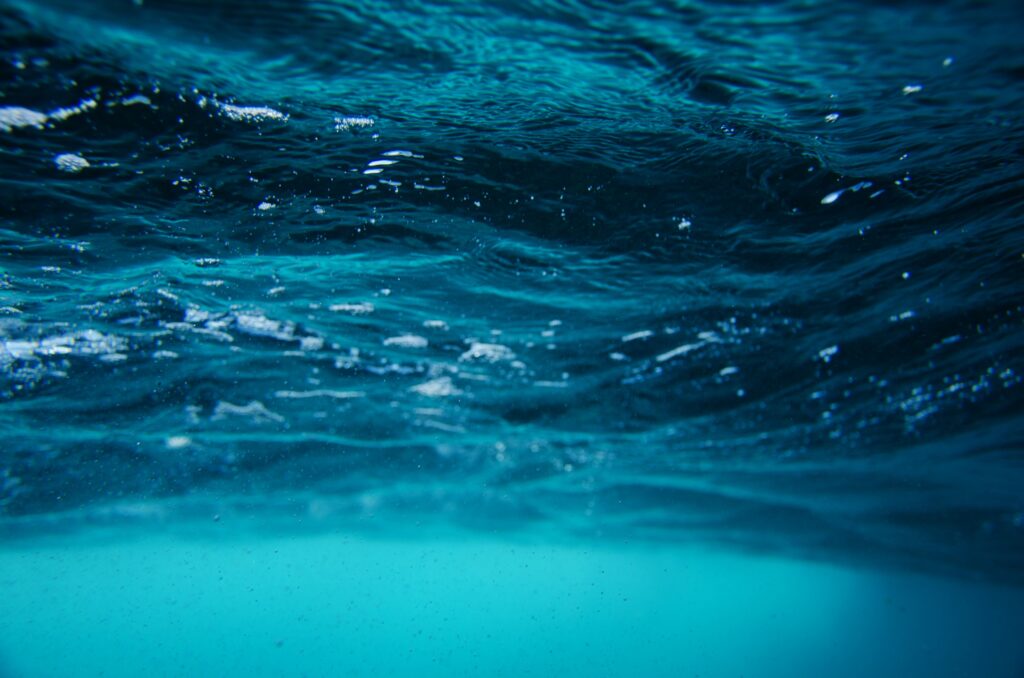Should deep-sea minerals be part of battery supply chains?
Cobalt Institute Deep-Sea Mining webinar panelist Winnie Yeh from World Economic Forum’s Deep-Sea Minerals Dialogue discusses key findings in their recent paper on decision-making on deep-sea mineral stewardship.
Why are we talking about deep-sea minerals?
Should deep-sea mining commence? Should these minerals of the deep seabed play a role in supply chains of the future?
It’s a debate that has rallied passionate responses from both sides. The urgency of this question was further raised when Nauru triggered the so-called “two-year rule” in June 2021, which requests International Seabed Authority (ISA) to finalize its mining code governing exploitation practices by June 2023.
But how should the questions be answered? And who should participate in the decision-making process?
How much knowledge exist on the potential effects of extraction?
Decisions around deep-sea mineral stewardship are complex, with interconnected effects whose scale is not yet predictable by experts. There are direct effects, such as increased metal supply and generation of sediment plumes and noise from extraction. And those less predictable ripple effects such as wider use of decarbonization technologies, benefits to countries from extraction royalties, reduced momentum for circular economy and impact to seafood sectors.
The expert consultation and literature review in a new white paper published by the World Economic Forum, Decision-Making on Deep-Sea Mineral Stewardship: A Supply Chain Perspective, has found that significant knowledge gaps make it hard to predict the scale of the potential effects. Additionally, while there are significant efforts by industry and institutions to build knowledge on the environmental effects and their mitigation and management techniques, unless these efforts are greatly increased, the relevant knowledge gaps are unlikely to be closed by the June 2023 deadline placed on ISA.
Which stakeholders are included in the process?
Voices of the potentially affected stakeholders are important to help gauge if the effects would be considered acceptable. These include communities with traditional, cultural and indigenous links to the sea, fishing communities, communities dependent on coastal tourism and communities affected by land-based mining of minerals found in the deep sea. The white paper found that these stakeholder groups are underrepresented as ISA observers. The land-based mining countries identified to be most affected also rarely attend its assembly. In national jurisdictions, the picture is more varied.
What role can manufacturers and metal markets play?
Unless the closure of knowledge and participation gaps is accelerated, manufacturers and markets will struggle to make judicious decisions on what role, if any, deep-sea minerals should play in their supply chains.
The paper recommends actions to support knowledge gathering and sharing, support civil society groups that represent potentially affected stakeholders, and actively engage with regulators to represent the views of their stakeholders. To alleviate the pressure for new mineral sources, companies also must accelerate their transition to a circular business model. Additionally, these manufacturers and markets will need to agree on expectations on deep-sea mineral stewardship.
This is one of the biggest decisions of resource governance. The seabed holds a vast quantity of mineral resources. The deep ocean is also one of the last pristine areas on Earth.
The decisions made now on mineral stewardship will have lasting effects for generations.
The paper was originally published on the World Economic Forum Agenda site.

